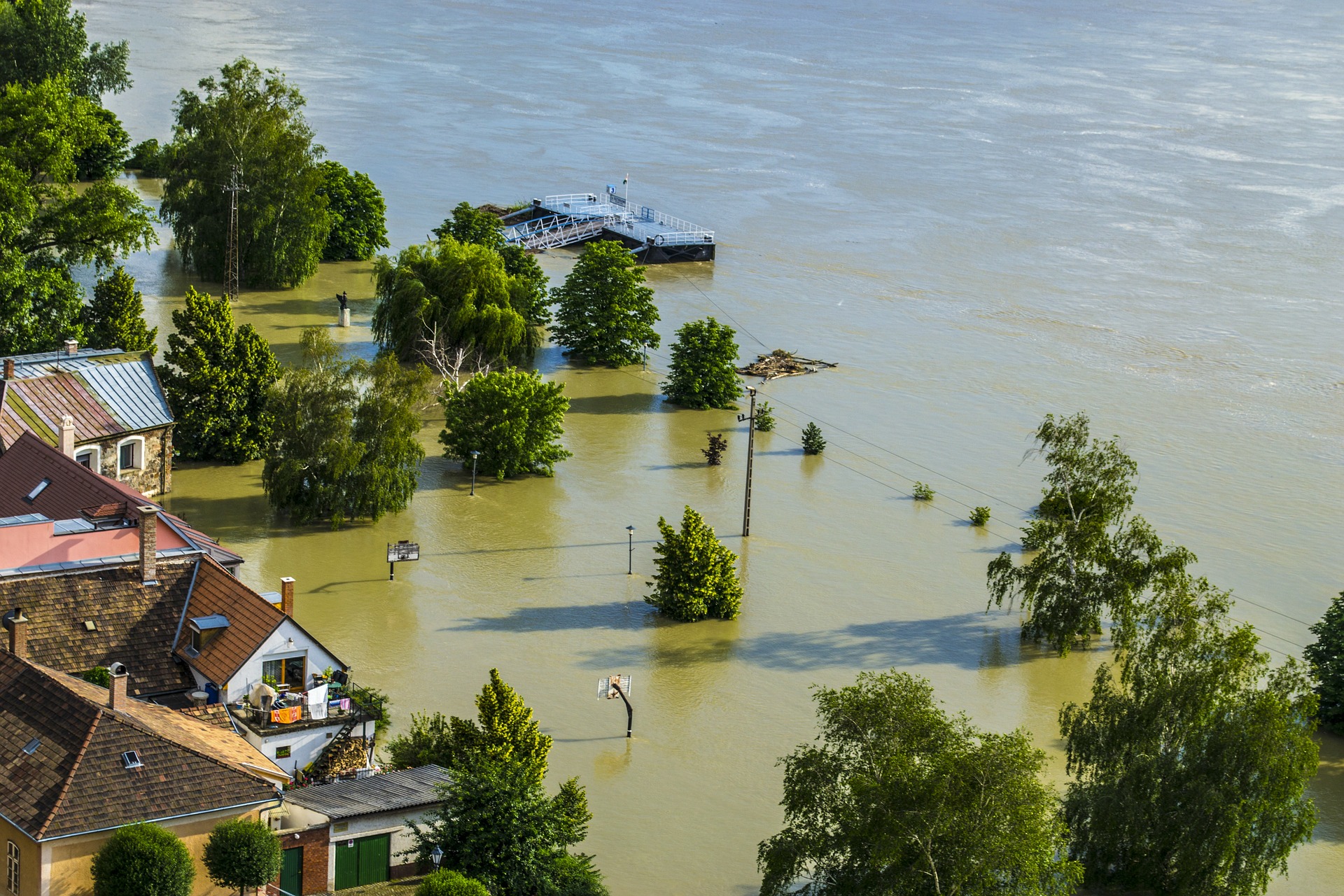Did you know that corals are animals, not plants? Coral reefs are beautiful, diverse, and essential to ocean and land life. However, these species are dependent on the stability of an increasingly unstable environment. Ocean life is vulnerable to destructive rises in ocean temperature, acidity, and sea level. This vibrant species now faces bleaching events, hindered growth, and a decreasing rate of calcification, in addition to persistent stressors that have threatened coral reefs for decades, such as overfishing and pollution. Climate change compounds these preexisting challenges. It is more important now than ever to reevaluate actions to protect our extraordinary and unique coral reefs before it is too late.
The National Academies recently released two reports that, in conjunction, describe, review, and contextualize different approaches to coral protection. A Research Review of Interventions to Increase the Persistence and Resilience of Coral Reefs (2019) explores and assesses 23 different interventions, ranging from genetic, ecological, and environmental approaches. Our latest report, A Decision Framework for Interventions to Increase the Persistence and Resilience of Coral Reefs (2019), builds upon our previous examination of coral reef interventions. It elaborates on the specific uses of different interventions, responding to questions regarding how, when, and where to use particular interventions for local reefs. These reports offer critical resources for coral managers and communities as they evaluate their specific needs and adapt a localized plan for the future. Both are free to download.
A Research Review of Interventions to Increase the Persistence and Resilience of Coral Reefs
Coral reef declines have been recorded for all major tropical ocean basins since the 1980s, averaging approximately 30-50% reductions in reef cover globally. These losses are a result of numerous problems, including habitat destruction, …
A Decision Framework for Interventions to Increase the Persistence and Resilience of Coral Reefs
Coral reefs are critical to ocean and human life because they provide food, living area, storm protection, tourism income, and more. However, human-induced stressors, such as overfishing, sediment, pollution, and habitat destruction have …

















